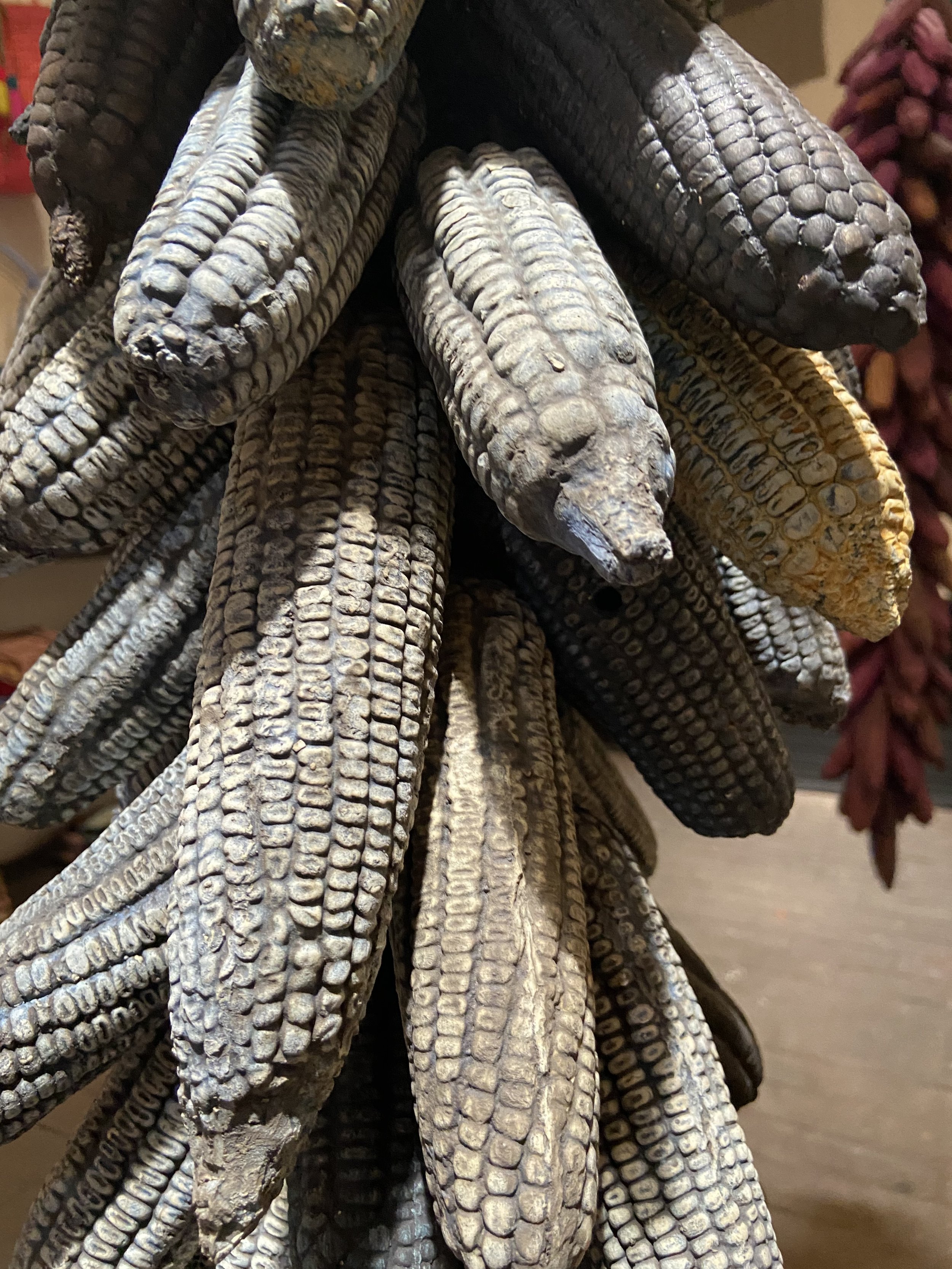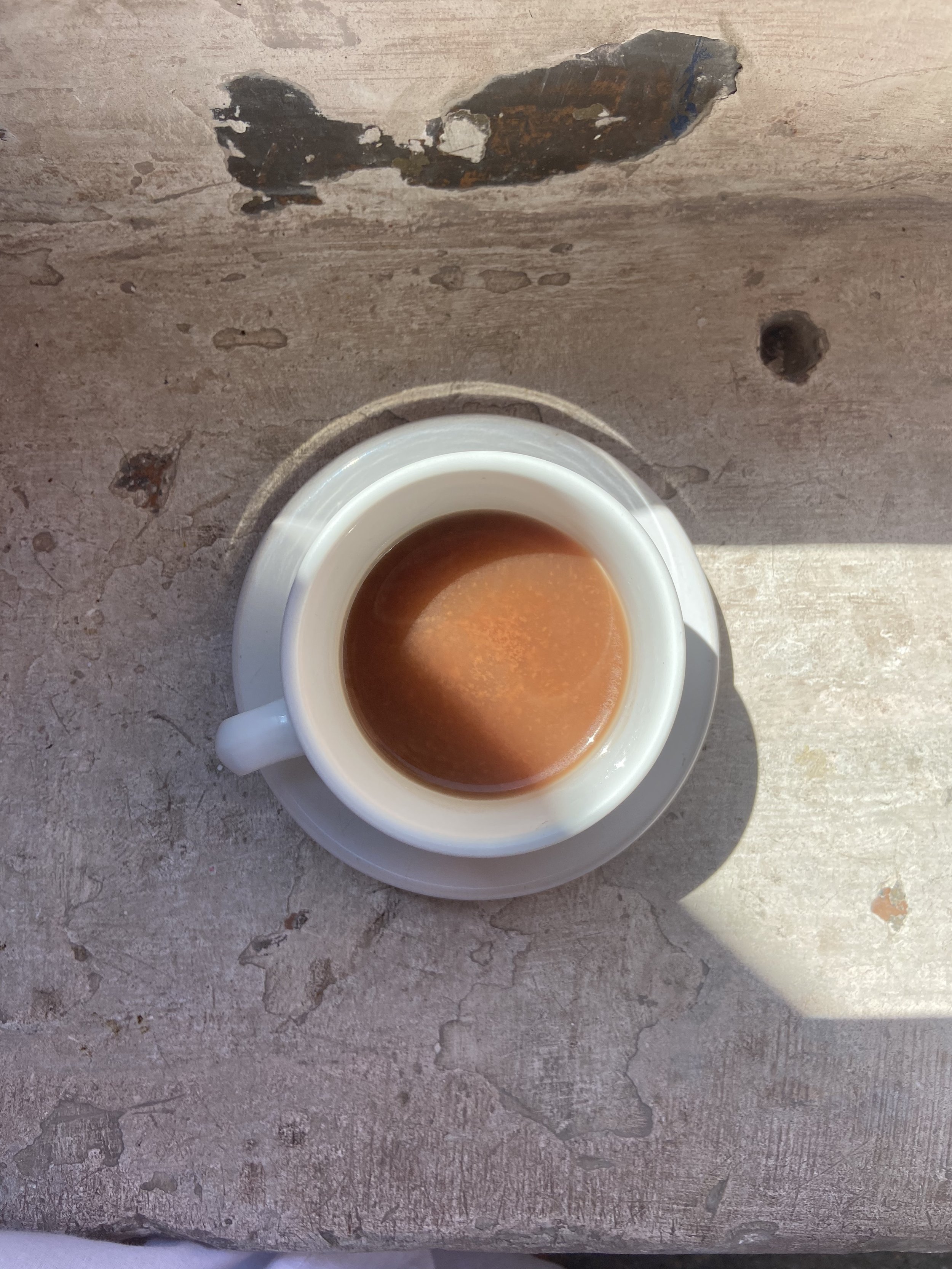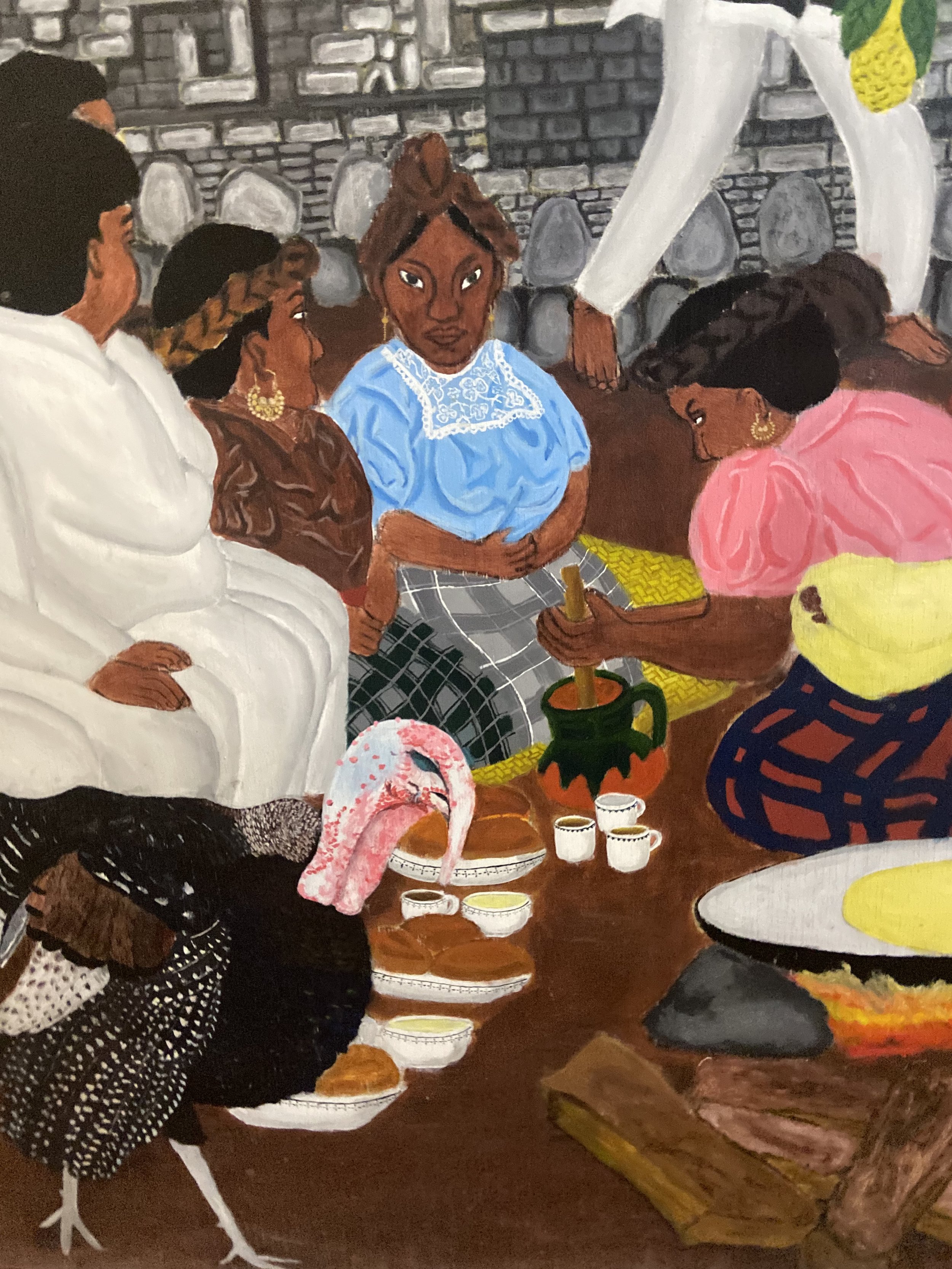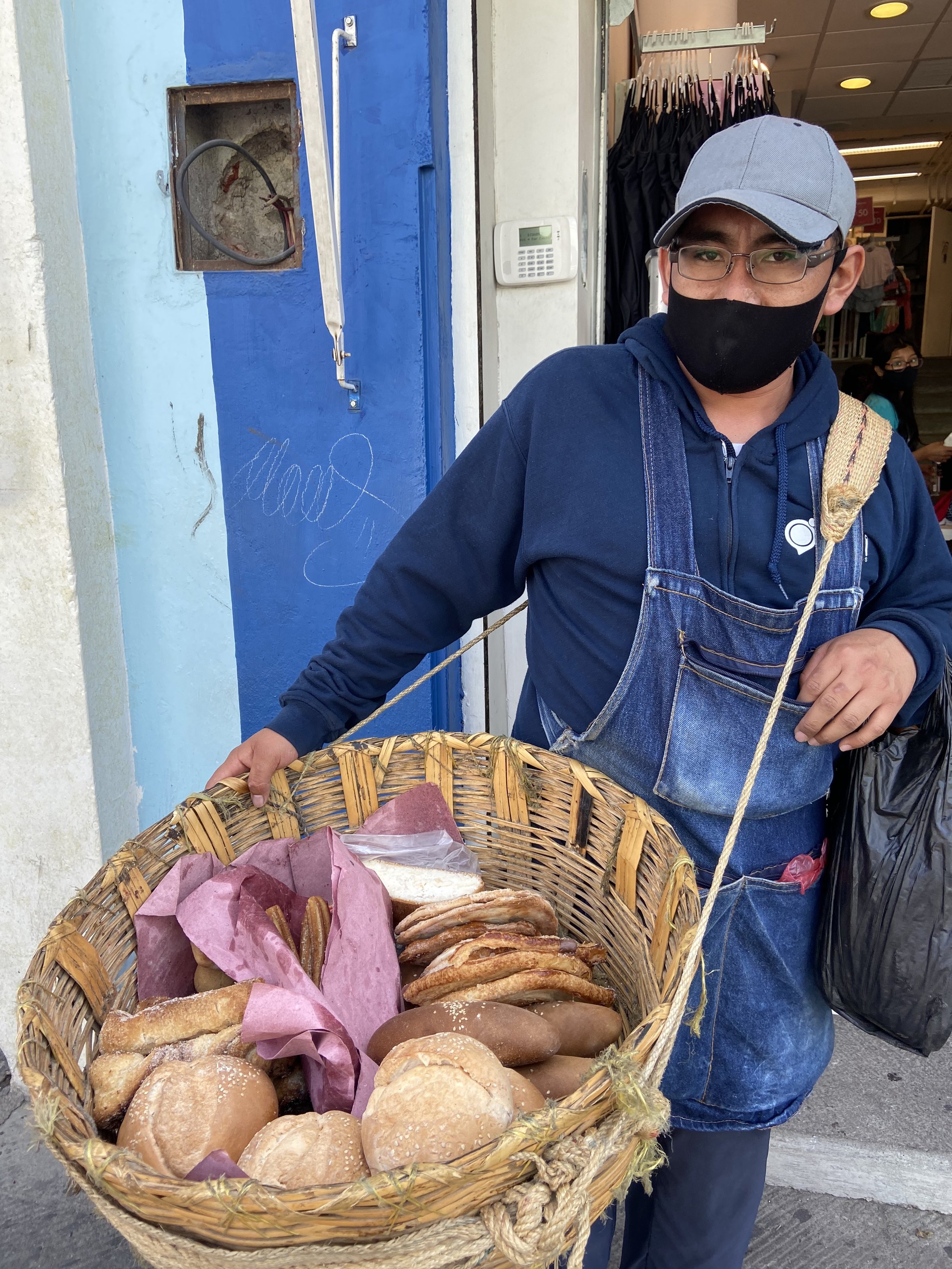Living cultures in Oaxaca
Food and Identity
In Oaxaca, food is an integral part of the community and grown entirely in the countryside. Like everything about the culture there, food evokes a sense of passion that transcends the immediate anthropological language it provides. Food is the very essence of transcendence, actually. If you visit the homes of the common people, like we did, you will see women of the households spending hours and hours in the kitchen, all in the name of preparing the daily meals. Food is more than its utilitarian aspect – it is sustenance, a creative outlet, the preserver of ancient lineages, the most sumptuous aspect of material culture. Needless to say, the people are proud of their culinary heritage – they eat local, seasonal foods to protect the livelihood of farmers and local vendors, and in turn preserve the ancestral food traditions of their community. The most fascinating aspect is the simplicity of their food. The basis of all meals, whether breakfast, lunch, dinner, snack or dessert, comes down to five staple ingredients: corn, chilli, cocoa, cactus (agave) fruit, and black bean.
Oaxaqueños perceive themselves and are perceived by others to be different from other Mexicans. Their identity is maintained through rituals, clothing, festivals and special/ distinctive foods such as black beans rather than red, larger and different styles of tortillas, mezcal as opposed to tequila, criollo or native corn varieties, distinctive types of chiles which are endemic to the area, special cheeses, moles, and the continued use of ancient cooking and preparation techniques that have mostly been lost in other parts of Mexico where modernization has progressed more rapidly.
Seasonal foods
Seasonal, local foods are cherished both for the freshness and variety they bring to their culinary tradition and everyday eating practices, because they represent older, healthier, American Indian ways. People love to visit the local markets early and pick fresh vegetables while indulging in a cheerful tête-à-tête with the shopkeeper. It is as much a labour of love and devotion like anything else, and reflects centuries of indigenious knowledge inherited from generations of ancestors. Starting with breakfast which starts with tortilla with eggs and ending with a light dinner, corn is the basis for virtually all foods available, including many sweets and hot and cold drinks. Fresh fruits are another important component of their meals. The colourful seasonal fruits are cut and eaten as is or mixed with water to make a refreshing drink for the whole day. Everything involved in the practise of cooking and eating a meal together portrays the beauty and wisdom of community living and togetherness; that food and its many rituals associated with it are intrinsically related to Oaxaca’s rich history is apparent even to the first time visitor.
Chocolate is another important part of the tradition and is rich in symbolism. It represents ancient Indian religions and preparation methods. Our days in Oaxaca would be incomplete without the customary cacao water drink that we were served so graciously everytime we visited someone’s home or in the artisanal workshops we attended. The ritual of drinking this refreshing drink is akin to the tea ritual of the far east countries, albeit in a more “tropical” and vivacious way! Geographies create rituals, and rituals create poetry. There is no dearth of these verses when spending time in Oaxaca.
Food & Community
Women are the root of the food culture. Each family has its own recipes, like that of mole, which is considered the best. They do everything on their own, from grounding the ingredients at home to adding a secret step as part of the family recipe. They seek to create and maintain relationships of love through these practices. Recipes that are handed down through generations of women in families tell stories and transmit values, tales, and histories – both in the recipes and the ingredients as well as through the anecdotes and instructions that go with them.
Oaxaca streets come alive in the evening when people get out of work and the streets fill with the colorful laughter of happy hawkers, women selling cornbread, energetic locals getting together for a chat. The colorful facades of buildings, small homely cafes with open courtyards and old cabinets, and welcoming smiles are the side dishes to the local food that elevate all the senses and give warm gratification.





